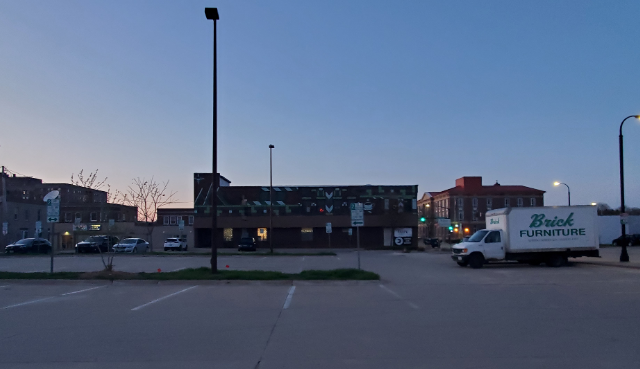Federal help on the way for flooded farmers

SHENANDOAH — Iowa Agriculture Secretary Mike Naig says the long-awaited passage of a federal disaster relief bill is good news for Iowa farmers. President Trump on Thursday signed the $19-billion package designed to assist victims of several recent disasters — including Iowa flooding.
Naig says the bill helps Iowans in a couple of areas. “It brings much needed support for our recovery efforts in the recovery area there in southwest Iowa,” Naig says, “whether it’s levee repair, or funds that farmers need to help remove the debris from their fields, or providing some compensation for damaged grain. We know that those are very, very important things for our producers as they recover and get back on their feet, and be productive again next year and in future years.”
Naig says the bill also provides for USDA assistance for farmers who are unable to plant crops this year because of swamped fields, though questions remain.
“We don’t know what it looks like yet,” he said. “It certainly can apply to those areas that are flooded. But, we’re wondering — and asking — whether it can also apply to folks who have taken ‘prevent plant’ in other parts of the state, as well. So, those are some question marks, but it’s much needed support for our flood recovery efforts.”
Naig says statistics compiled by his office indicate the losses incurred by Iowa farmers during this spring’s record flooding are staggering.
“You’ve got 100,000 acres that have been impacted in Pottawattamie, Fremont and Mills counties,” said Naig. “Then, we did an assessment of how much grain had been damaged. That number comes to right around 1.9 million bushels of corn, and about a half a million bushels of soybeans.”
An assessment was also done on how much grain in storage was impacted, and again, he says, it was millions of bushels ruined due to the floodwaters. The ag secretary says it all adds up to an economic disaster for producers. Naig also expresses concerns about lingering issues associated with the flooding.
“I keep saying this: you just lost your 2018 crop,” he said. “You’re not able to plant the 2019 crop, and really, your 2020 crop is in question, given how much water is still remaining. So, this is really, economically, a tough pill to swallow for folks.”





